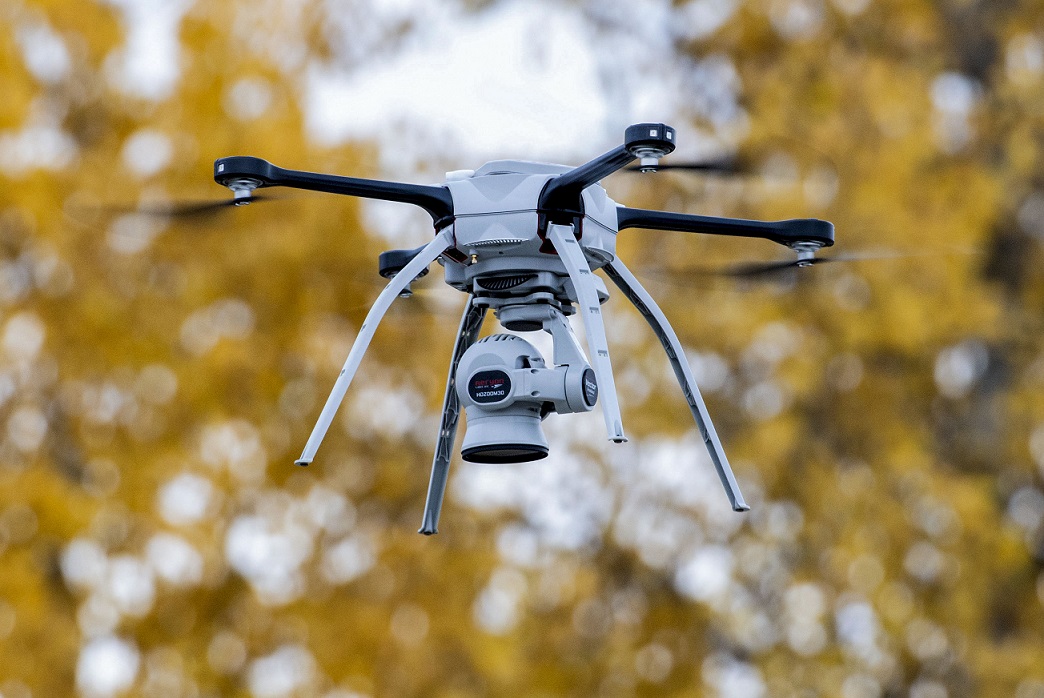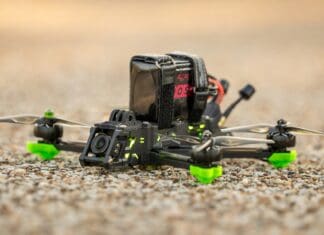This post is also available in:
 עברית (Hebrew)
עברית (Hebrew)
A new collaboration will tackle two major challenges in drone operations beyond visual line of sight (BVLOS): to remotely, globally and simultaneously control over 100 industrial drones from a centralized control center – while increasing local air space safety by detecting and avoiding other unmanned or manned aircraft.
The technology advanced by the two companies, HHLA Sky and Iris Automation, involves a detection platform that detects non-cooperative air traffic and provides essential data to the drone control software, providing the opportunity to add yet another crucial level of safety.
Merging HHLA Sky’s drone control center software with Iris Automation’s ground-based aircraft detection technology Casia G, opens up a whole new spectrum of use cases for industrial and security-related drone operations. These include security surveillance tasks at ports, critical infrastructures, border control and oil and gas industry as well as (intra)logistics, surveying and asset inspections.
The drone control center was developed as the first end-to-end solution for large-scale, industrial and security drone operations beyond visual line of sight. The IoT platform connects, and controls unmanned systems. It allows complete management, monitoring, and reporting across all aspects and tasks of over 100 industrial drones simultaneously – from one integrated control center that can be operated globally.
Drones securely connected with this IoT platform can carry out a wide range of assignments, e.g. transmitting real-time video feeds and collecting structured and repeatable data.
Casia G solution is an autonomous ground-based aircraft detection technology. The computer vision system monitors aviation environments to detect, classify and – if necessary – alert UAV pilots to crewed aircraft that pose a risk to drone operations. Using Casia G, remote pilots and their teams may react to otherwise undetectable non-cooperative aircraft (those without transponders or ADS-B and therefore not broadcasting their location), according to the companies’ announcement.


























